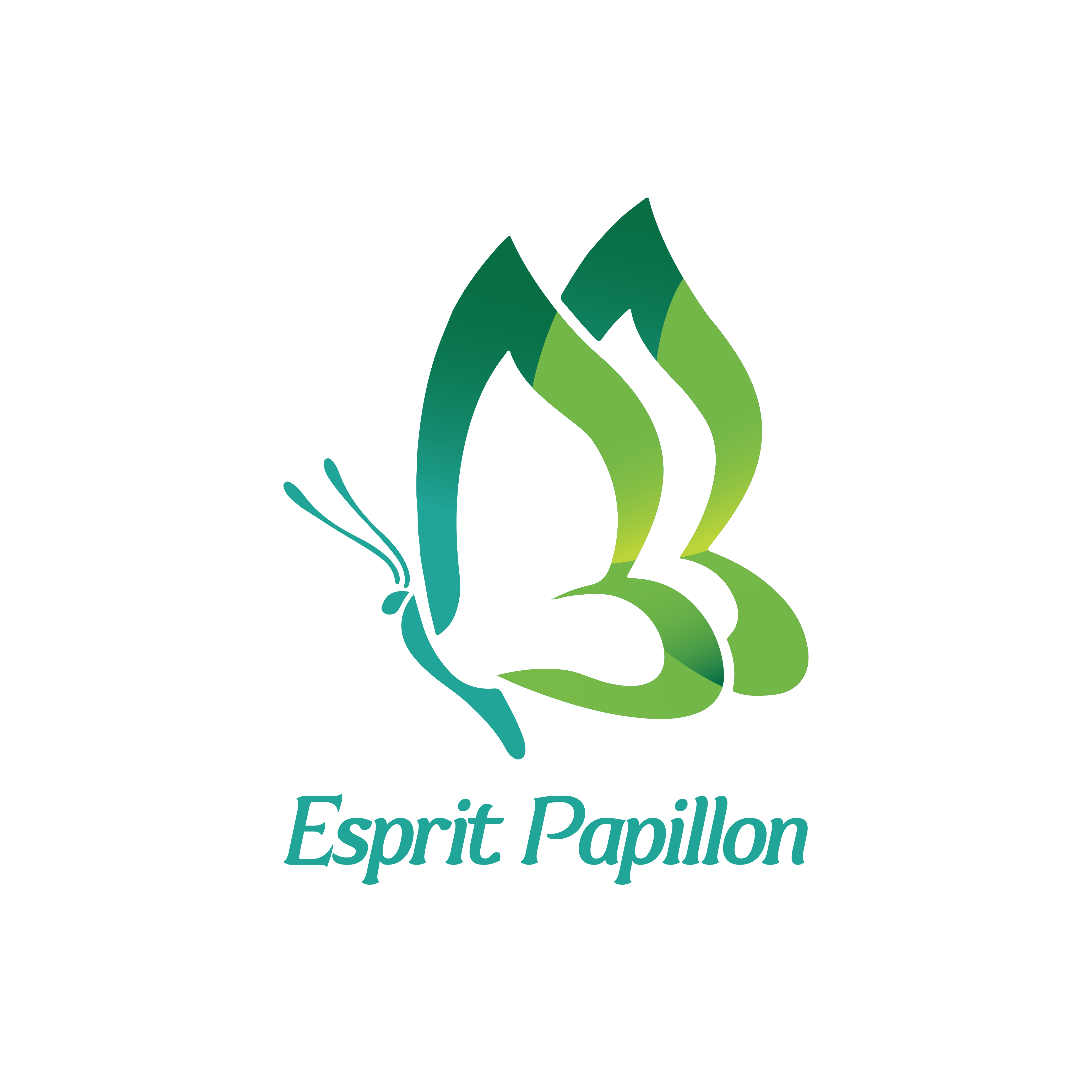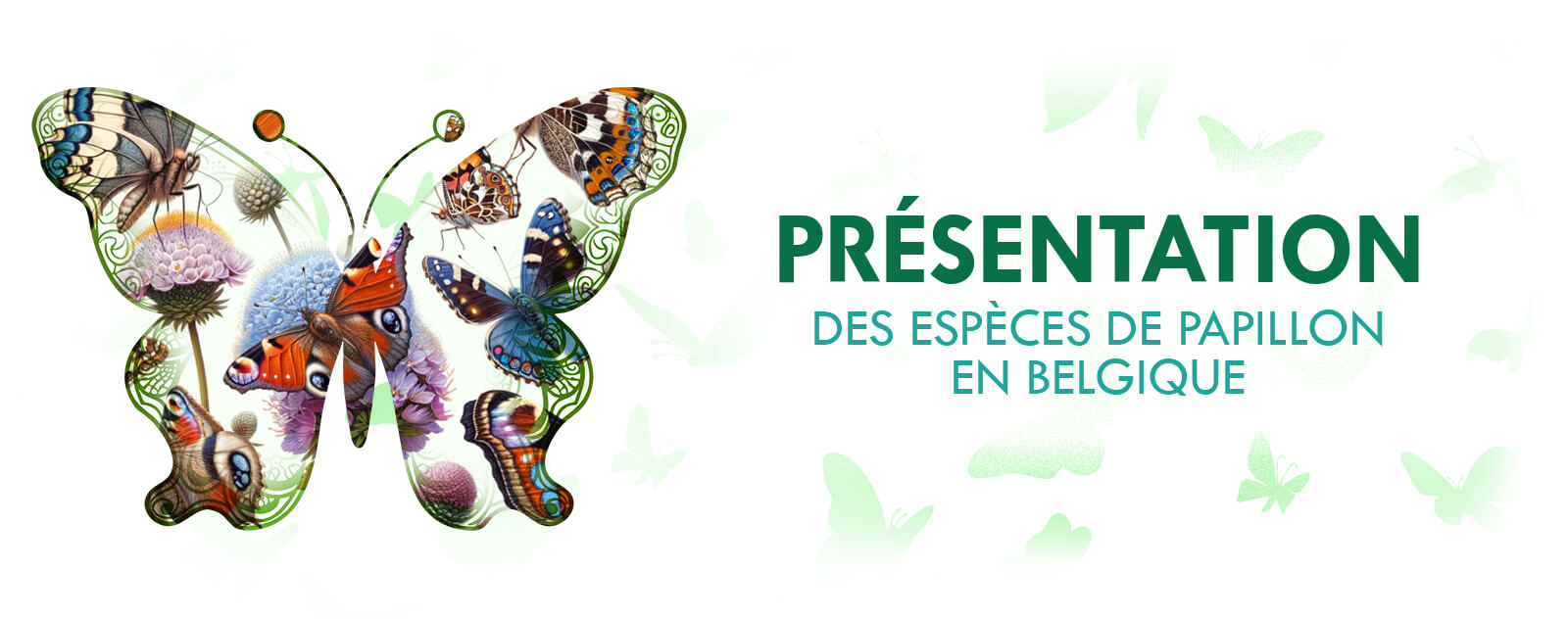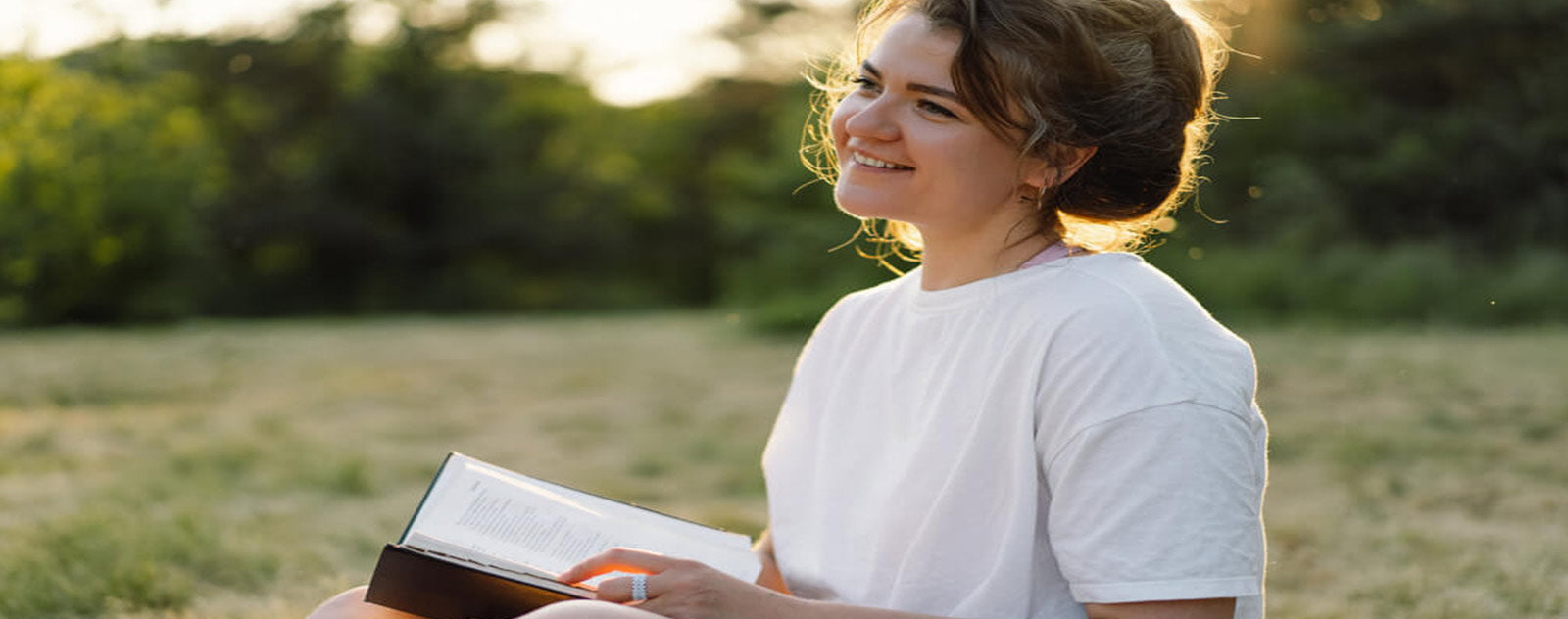Belgium, with its diverse ecosystems ranging from lush countryside to dense wooded areas, is home to a fascinating variety of butterfly species.
This article aims to take you to discover the most emblematic butterflies of Belgium, diving into their colorful world and learning more about their ecology and their role in biodiversity.
Diurnal Butterflies: Jewels of Belgian Wildlife
The Swallowtail (Papilio machaon)
The Swallowtail, with its yellow wings marked with black and its tail-like extensions, is one of the most spectacular butterflies in Belgium. Frequenting flowery meadows and marshes, this butterfly is particularly attracted to fennel and wild carrots on which it lays its eggs.
The Painted Lady (Vanessa cardui)
Known for its spectacular migrations, the Painted Lady sports orange wings edged in black with white spots. This cosmopolitan species feeds on the nectar of various flowers and can be observed in a multitude of habitats.
The Common Azure (Polyommatus icarus)
This small butterfly with bright blue wings in the male and brown adorned with orange in the female frequents fields of flowers and clearings. The host plants of its caterpillar include different species of clover and trefoil.
Nocturnal Butterflies: Mysteries of the Belgian Night
The Vine Sphinx (Deilephila elpenor)
This nocturnal butterfly is distinguished by its pink and olive body and its pinkish hindwings edged with black. Feeding on the nectar of flowers such as honeysuckle, the Vine Sphinx is a spectacular nocturnal visitor to gardens.
The Peacock of the Day (Aglais io)
Although mainly diurnal, the Day Peafowl is classified among the nymphalidae, a family mainly made up of nocturnal butterflies. With its bright red wings decorated with eyespots, it is one of the most recognizable butterflies.
The Cabbage Moth (Mamestra brassicae)
This species is characterized by gray or brown front wings with distinctive markings, feeding on various plants including cabbage crops, hence its name.
The Vulcan (Vanessa atalanta)
The Red Admiral, recognizable by its black wings bordered with red and white spots, is a frequent visitor to Belgian gardens, attracted by a variety of nectar-producing flowers.
The Cabbage Pigeon (Pieris brassicae)
This white butterfly adorned with black spots is well known to gardeners for the damage its caterpillars can cause to cabbage crops. Nevertheless, it is an effective pollinator in natural ecosystems.
The Bog Fadet ( Coenonympha tullia )
This species, more discreet, prefers humid habitats such as peat bogs, where it feeds on the nectar of plants specific to these environments.
The Geographic Map ( Araschnia levana )
This unique butterfly has a fascinating feature: its wings display two distinct patterns depending on the season. The summer pattern is darker, helping the butterfly camouflage itself among the leaves.
The Little Night Peacock ( Saturnia pavonia )
Although a nocturnal butterfly, the Lesser Night Peacock is a sight to behold when at rest with its colorful wings spread, revealing patterns that evoke the eyes of a peacock.
Conservation and Biodiversity
Challenges and Conservation Measures
Belgian butterflies face various challenges, including habitat loss, pesticide use and climate change. Conservation efforts are underway, such as creating nature reserves and promoting sustainable agricultural practices.
Importance of Butterflies in Ecosystems
Butterflies play crucial roles in ecosystems, such as pollination and regulating plant populations. They are also indicators of environmental health, their presence signaling healthy habitats.
Citizen Commitment
Everyone can contribute to the preservation of butterflies in Belgium, whether by planting butterfly-friendly gardens, participating in citizen science programs or supporting conservation organizations.
The Protection and Observation of Butterflies
Creation of Natural Reserves
In Belgium, the creation of nature reserves aims to preserve the essential habitats of butterflies, contributing to the protection of their biodiversity. Initiatives like the Natura 2000 Network provide a safe haven for many endangered species.
Nature-Friendly Gardening
Individuals can help conserve butterflies by creating biodiversity-friendly gardens, planting native flowers, and avoiding harmful pesticides.
Conclusion
Belgium, despite its modest size, offers a refuge to an astonishing diversity of butterflies, each with its particularities and its role in nature. By learning about and protecting these delicate creatures, we contribute not only to their conservation but also to that of global biodiversity.





